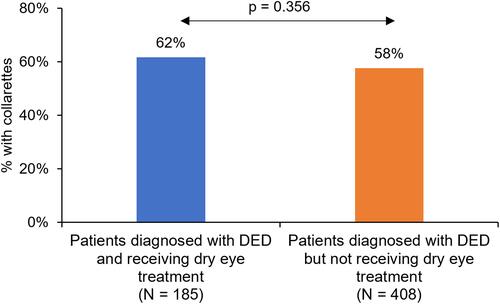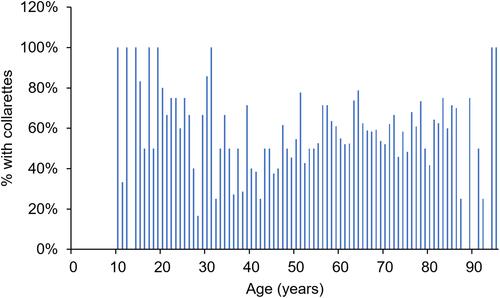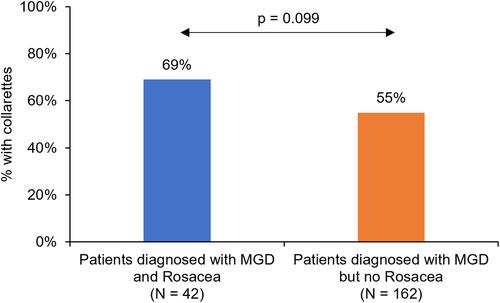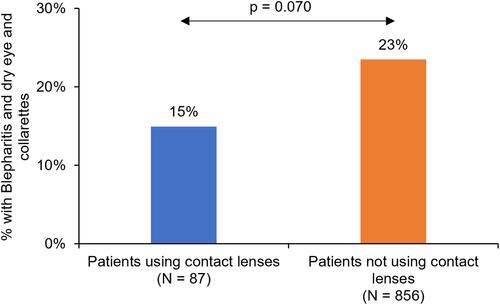Figures & data
Table 1 Demographic Characteristics
Figure 1 Prevalence of Demodex blepharitis, as confirmed by the presence of collarettes, in the overall dataset.
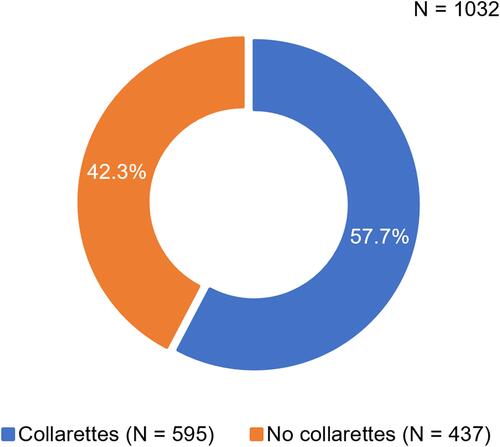
Figure 3 Prevalence of Demodex blepharitis, by visit type. Orange horizontal bar indicates the overall prevalence.
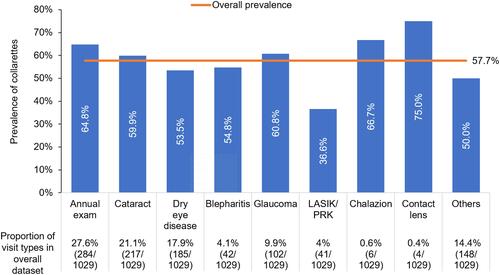
Table 2 Prevalence of Demodex Blepharitis, as Confirmed by the Presence of Collarettes, in Patients with Various Ocular or Systemic Comorbidities
Table 3 Prevalence of Demodex Blepharitis in Patients Using Concomitant Medications, Products, Contact Lenses, or Artificial Eyelashes
Figure 4 Prevalence of Demodex blepharitis in patients diagnosed with dry eye disease (DED) who were receiving or not receiving prescription DED therapy.
